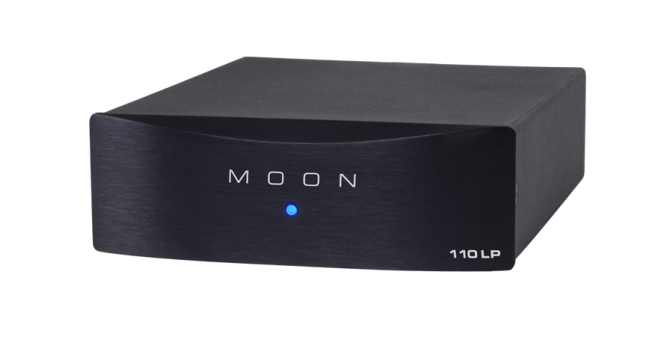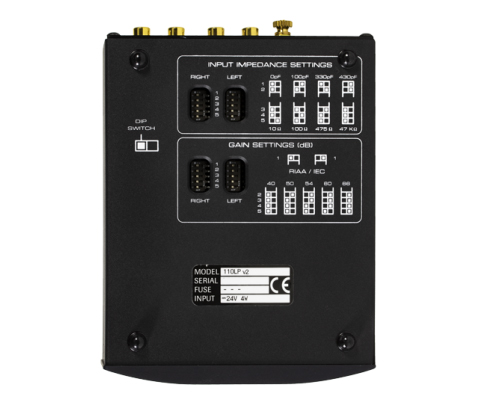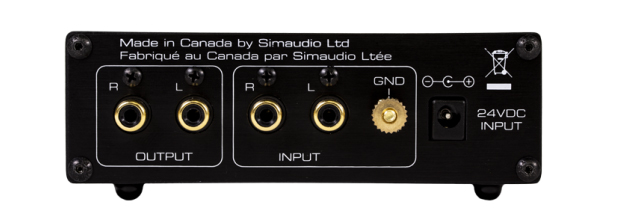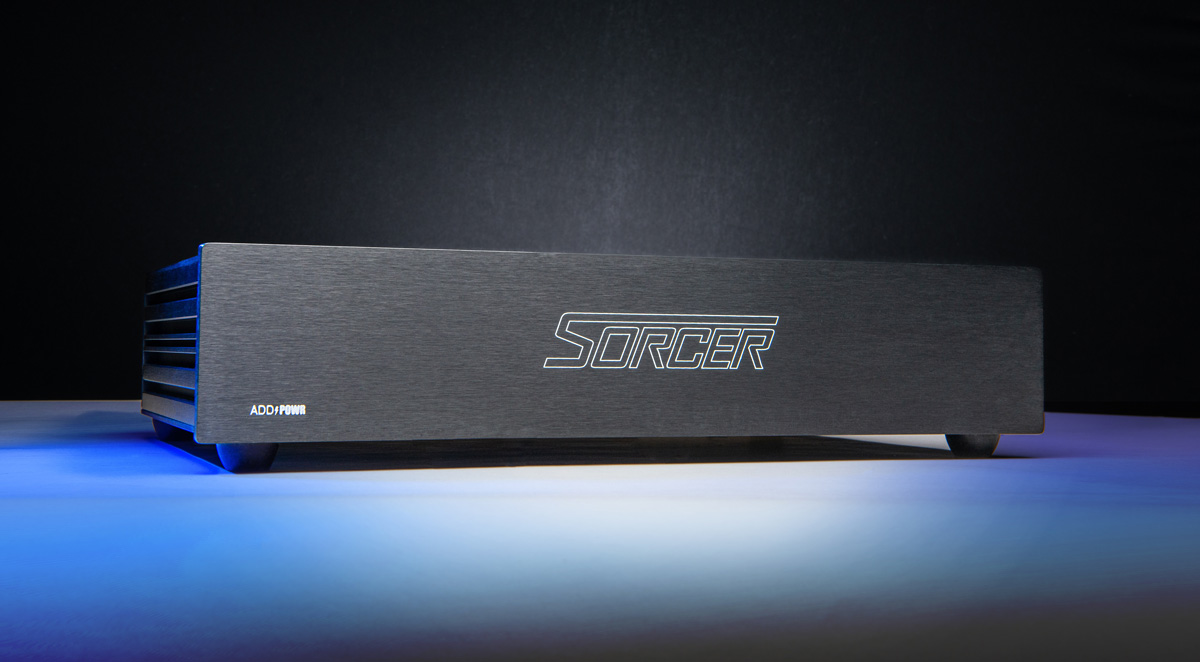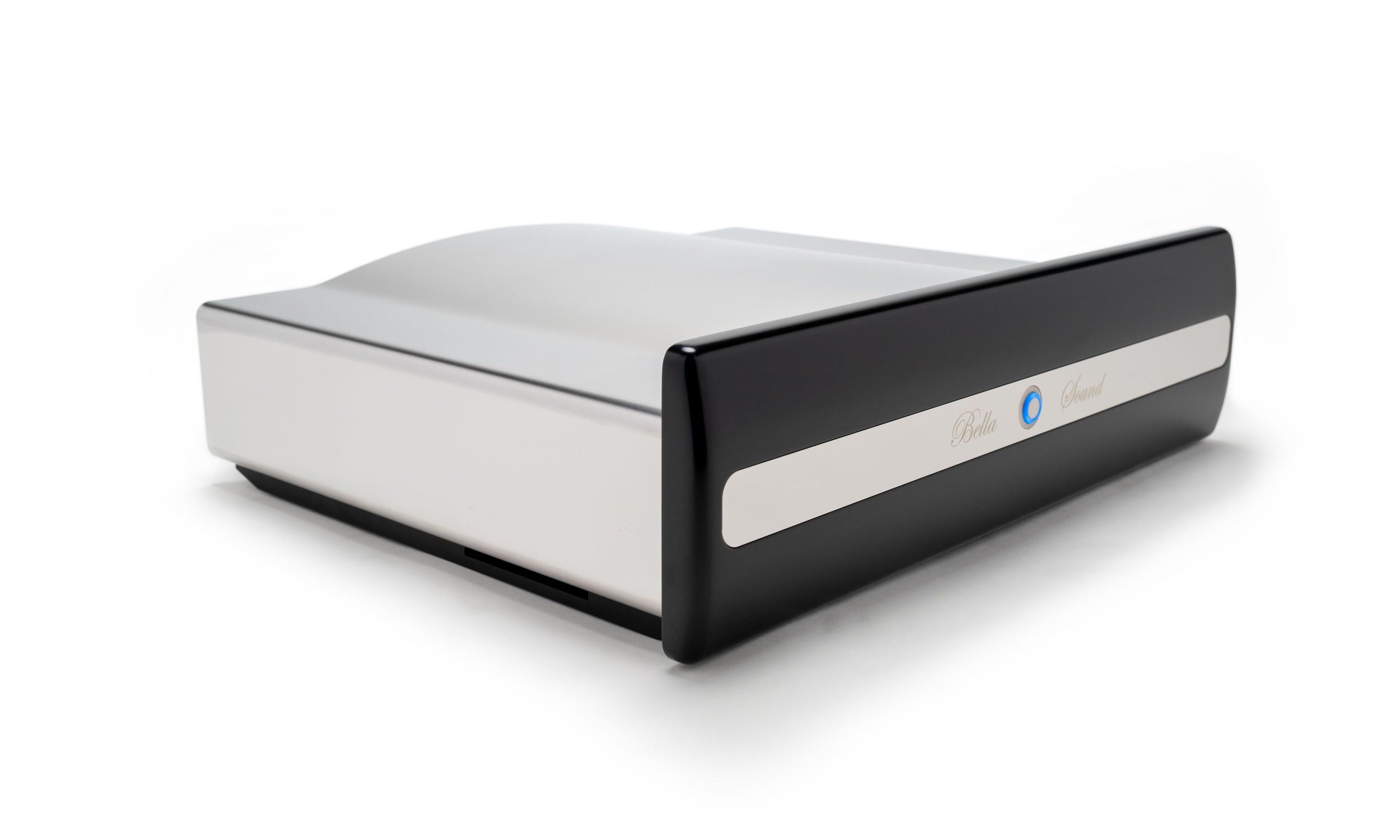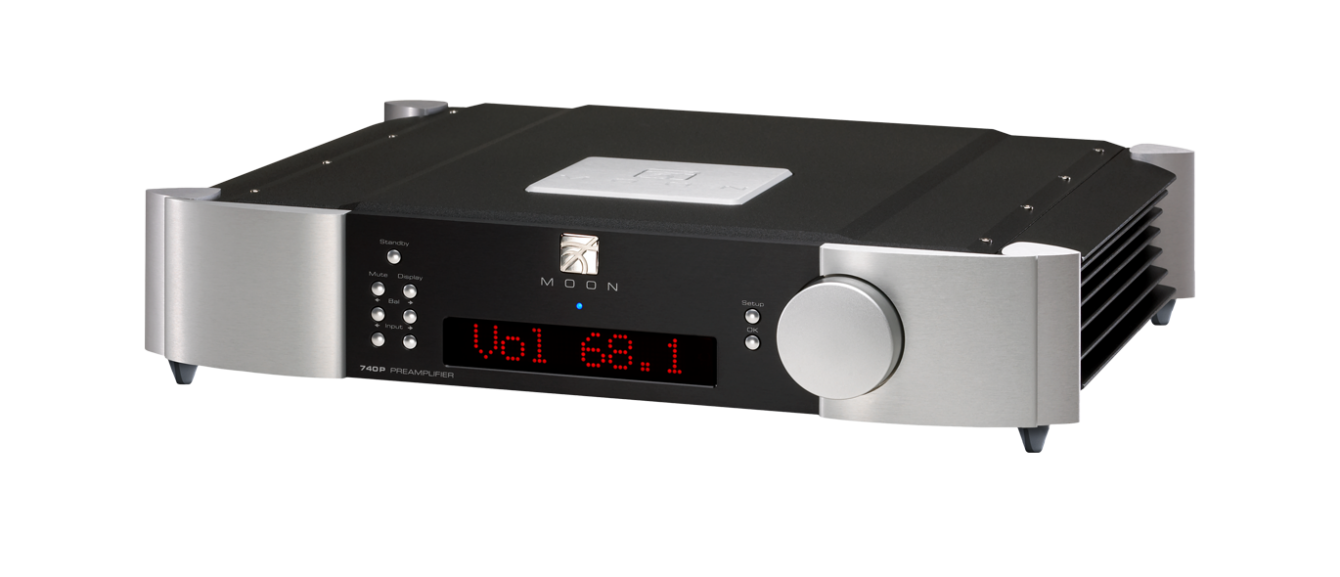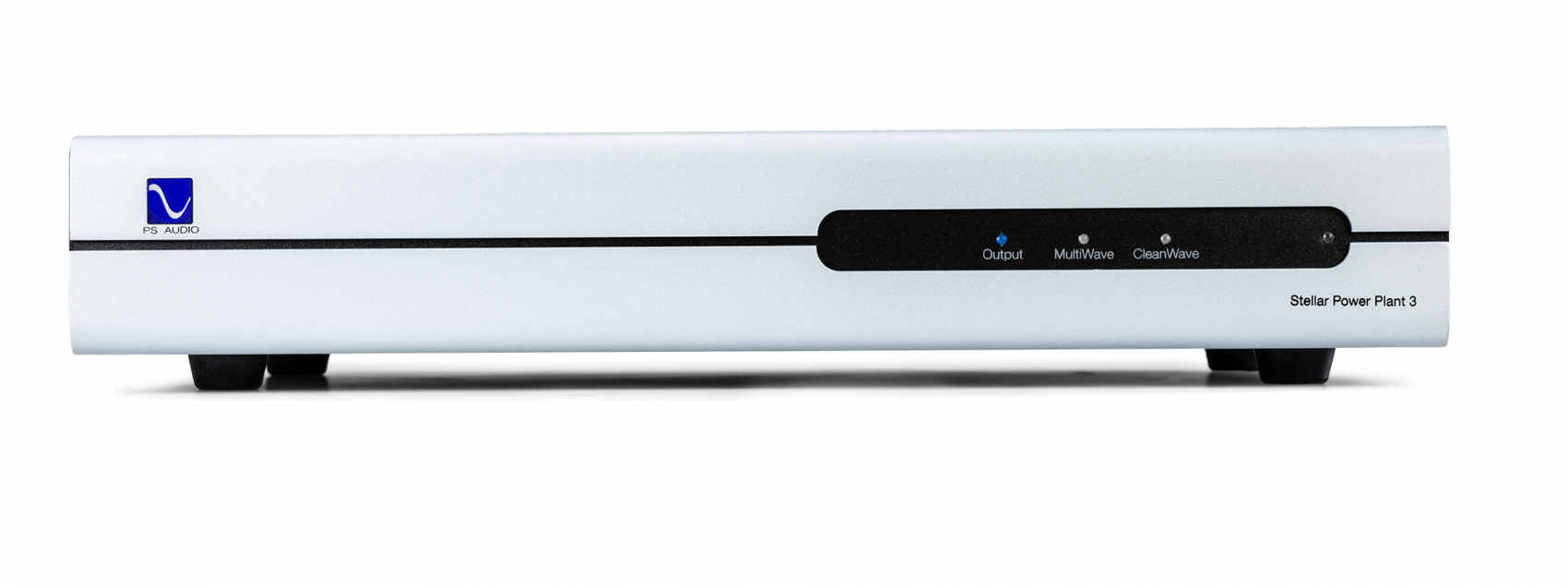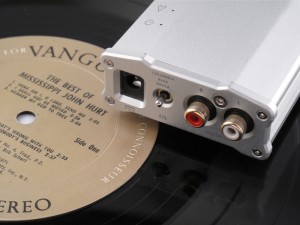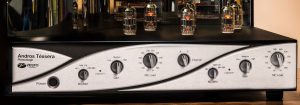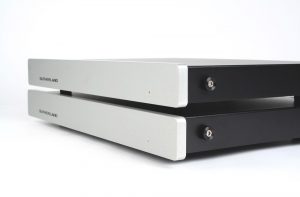We've all seen the comeback that vinyl has been making over the last few years. Back when vinyl was dead, I built up my record collection to its present twenty five hundred LPs and one thousand 78s size by asking people if they had any records they no longer wanted. Everyone I asked handed over boxes and boxes of records. After I went through all the boxes, I would offer the remainders for my friends to peruse. I ended up with more than five hundred records to donate to Goodwill. It was a wealth of circumstance. Well, times have changed. No one is giving away records anymore. One of the places I shop for used records and CDs has seen a reversal of pricing. Records that used to sell for a dollar now go for six or more, and CDs that used to sell for four to six dollars now go for one or two.
With all the renewed interest in analog reproduction, many shoppers keen to get into the game are looking for turntables, cartridges, and phono equalization, and, not surprisingly, this has prompted a whole host of new products to enter the market. There are interesting offerings in every category, ranging from budget to ridiculous. A long trend of not including phono equalization in preamps, integrateds, and prepros has done an about face. Even network players have phono equalization. Luckily for you, reader, intrepid reviewers are on the job.
Case In Point
At $500 the Simaudio Moon 110LP v2 phono preamp is what I would call an entry level audiophile product. It is small and light enough to be easily held in one hand, and includes a wall wart external power supply. If you are just getting into vinyl and putting together an analog front end, this product could be on your short list. Switching from a fixed gain and loading "one size fits all" built in phono pre to an adjustable unit is a two edged sword. Get it right and get the most from your cartridge. Get it wrong and, well… The 110LP v2 owner's manual helps in this regard by offering starting point settings that, lacking better info, will get you close. It is best to consult the cartridge manufacturer for optimal configuration values.
Simaudio has covered the basics with the 110LP v2. All configuration settings are accessible from the bottom of the unit via dip switches. Impedance loading is limited to four choices; 47K, 475, 100, and 10 ohms. Also with four choices, the capacitance loading offers 0, 100, 330, and 430 pF. Combined with five gain settings ranging from 40 to 66dB, this phono pre is compatible with both moving coil and moving magnet type phono cartridges. At the 40dB setting it achieves a signal to noise ratio of 104dB. The unit also allows two equalization choices (RIAA and IEC).
The 110LP v2 is the first in a series of four phono preamps from Simaudio that includes the 310LP at $1900, the 610LP at $7500, and the 810LP at $13,000. It is a small black box whose curved front panel mimics the industrial art of the higher priced units. Other than the loading options on the bottom of the unit, there are no controls, not even a power switch. The 110LP v2 is intended to be left on all the time and consumes very little power. Through the review period the 110LP v2 never got more than barely warm. The back of the device has two single-ended RCA type inputs and two outputs, a grounding post, and 24 VDC power input. The circuit configuration is described as mirror image symmetrical on a four layer circuit board with copper traces.
The user's guide suggests 300 hours of break-in, so I left the 110LP v2 powered up on my workbench for a few weeks before any serious listening. I listened to the 110LP v2 in two different systems, my own and a friend's. In my system I am breaking in my recent purchase of a Sota Sapphire table with the Eminent Technology ET2 tonearm and a Lyra Helikon MC cartridge. I've upgraded the table with the millennium arm board, and added the optional titanium arm wand. In my friend's system the analog front end consisted of a Project RPM 9.1 with an Advanced Analog MG-1.1 air bearing linear tracking tonearm and a Hana SL cartridge.
Moon Unit
One of my choices for female vocal listening was Peggy Lee's Bewitching-Lee from 1962 on a 180gm 2003 reissue from S&P Records, mastered by Steve Hoffman. This is a best of compilation disc, and includes most of her better known songs including "Fever." The most consistent characteristic of the 110LP v2 throughout my listening sessions was its evenly balanced presentation across the audio spectrum. Ms. Lee's vocals were presented honestly with no hotspots or excessive sibilance.
For piano and male vocal I chose an original pressing of The Tony Bennett Bill Evans Album from 1975, engineered by Don Cody and produced by Helen Keane for Fantasy Records. Instrumental attacks were warm rather than aggressive but not too soft. Ambiance retrieval was reasonably good.
Also in the queue was Nina Simone's Little Girl Blue from 1957 reissued by Get Back Records on red vinyl. The 110LP v2 captured the edginess inherent in some of Ms. Simone's music. Bass was full and extended. Piano sound was natural.
Another selection was A Ray Brown 3 from 1983 on the Concord Jazz label with Ray Brown on bass, Monty Alexander on piano, Sam Most on flute, and (according to Neil Tesser's liner notes) everybody on drums. The 110LP v2 performed well, not allowing the very resonant sound of Ray Brown's bass to overwhelm the presentation. Percussion sounds certainly weren't the last word in clarity, but were in balance with the overall performance of the unit and very listenable.
Next up was the album Cold Blood from 1969 by the band of the same name. This album contains my favorite Cold Blood song "You Got Me Hummin'." It boogies hard and always gets ME hummin'. Sound staging and imaging were good for this price point, a wide, but not too deep stage. This would be what classical music enthusiasts call a mid-hall perspective. (A few years ago I saw Lydia Pense, the Cold Blood vocalist, here in Seattle. She still has chops, however, she was backed by a rock band that wouldn't know funk if it bit them on the ass.)
Conclusions
I ended up pulling out disc after disc, including things I hadn't listened to in a while like The Nick Drake Fruit Trees box set version of Five Leaves Left; an original mono pressing of Tony Bennett's I Wanna Be Around from 1963; Joe Walsh's The Smoker You Drink, The Player You Get from 1973; and The All-Time Greatest Hits Of Roy Orbison. I thoroughly enjoyed my time with this product.
You can get a better sounding phono preamp than the Simaudio Moon 110LP v2 for about three times the price. Luckily, you may not know you are missing anything without direct comparison. With the No frills, light weight, cool running, easily configurable, and balanced sounding 110LP v2, Simaudio has concentrated all their efforts on sound quality at this price point. The higher priced spread does have more focus and better bass articulation and I suspect that with a better power supply the 110LP v2 might close that gap further, but then that would make it cost more. Will this product be the perfect storm for you? If your budget is in this price range, you should really check it out.
Moon 110LP v2 Phono Stage
Retail: $500
Simaudio




